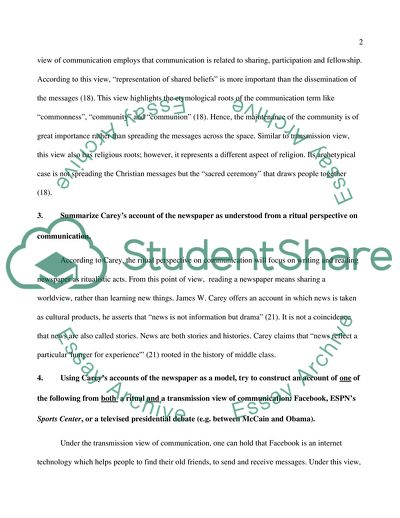Cite this document
(Communication Culture and Constructivism Assignment, n.d.)
Communication Culture and Constructivism Assignment. https://studentshare.org/journalism-communication/1742343-communications
Communication Culture and Constructivism Assignment. https://studentshare.org/journalism-communication/1742343-communications
(Communication Culture and Constructivism Assignment)
Communication Culture and Constructivism Assignment. https://studentshare.org/journalism-communication/1742343-communications.
Communication Culture and Constructivism Assignment. https://studentshare.org/journalism-communication/1742343-communications.
“Communication Culture and Constructivism Assignment”. https://studentshare.org/journalism-communication/1742343-communications.


